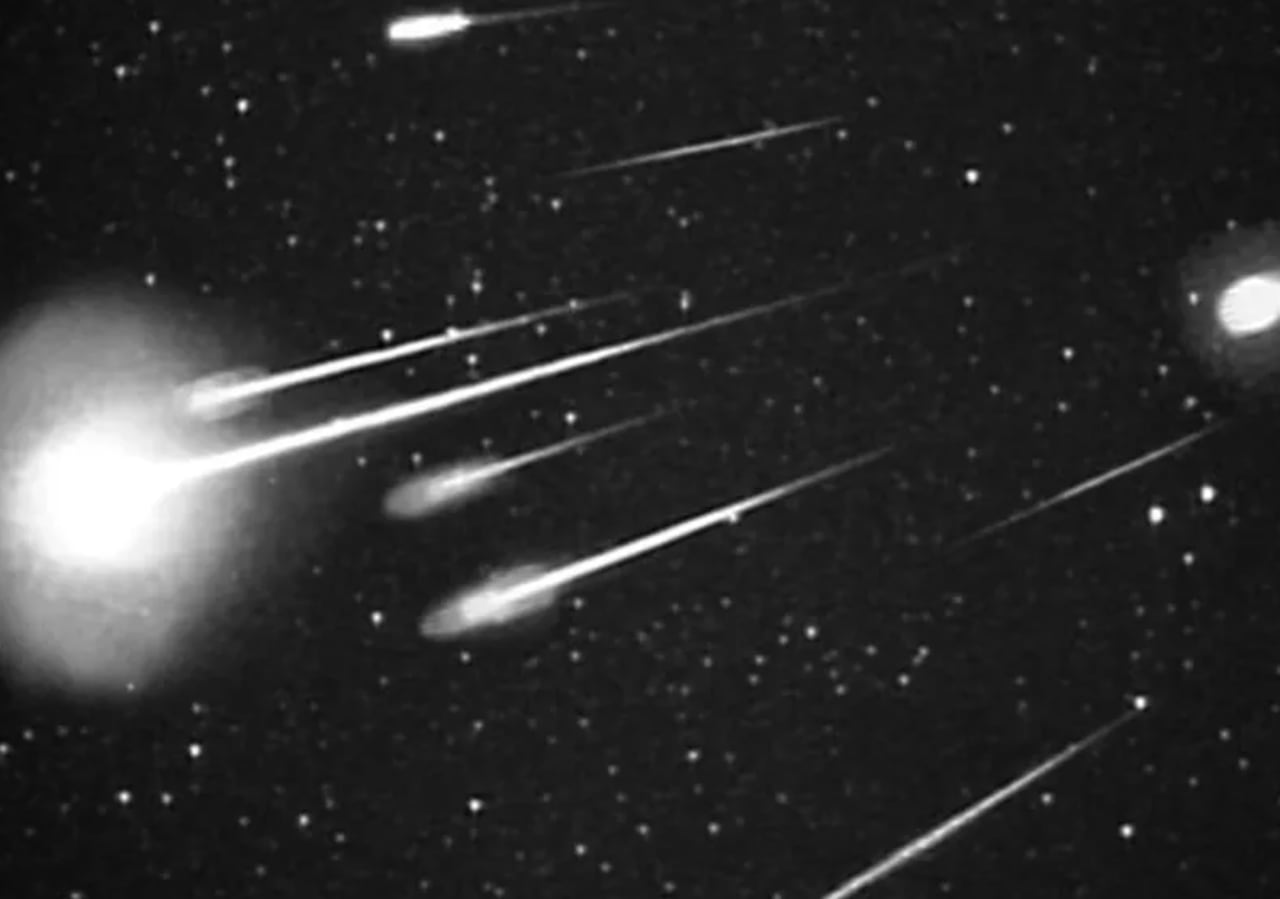Look for fast, colorful shooting stars as famous Leonids meteor shower peaks this weekend
If the weather cooperates, skygazers may catch a glimpse of a shooting star this weekend.
The Leonid meteor shower is expected to peak from late night on Friday, Nov. 17 to dawn on Saturday, Nov. 18. According to NASA, the Leonids are capable of producing around 15 meteors per hour, some of which are particularly bright and colorful. They are also considered to be some of the fastest meteors, streaking through the sky at speeds of 44 miles per second.
Meteors are created by leftover comet particles and bits from broken asteroids. When comets come around the sun, the dust they emit spreads into a trail around their orbits The Earth passes through the debris trails once a year which allows the bits to collide with our atmosphere where they disintegrate to create fiery and colorful streaks in the sky, NASA explains.
The Leonids are created by pieces of comet Tempel-Tuttle, which orbits the sun every 33 years.
Bright and colorful meteors
Leonids are also known for their fireballs and Earth-grazer meteors. Fireballs are larger explosions of light and color that persist longer than an average meteor streak due to their origin from larger comet particles. Earth-grazers are meteors that streak closer to the horizon, often with long and colorful tails.
Every 33 years or so, the Leonids treat viewers on Earth to a meteor storm, producing hundreds to thousands of shooting stars per hour. One such storm was in 1966 when the Leonids rained down thousands of meteors per minute during a 15-minute span. The last Leonid meteor storm took place in 2002.
Best time to view
The Leonids are best viewed starting at midnight local time. For the best chance to see, NASA recommends finding a viewing area far away from street lights. Orient yourself with your feet towards the east, lie flat on your back and look up, taking in as much of the sky as possible. It will take about 30 minutes for your eyes to adapt.
